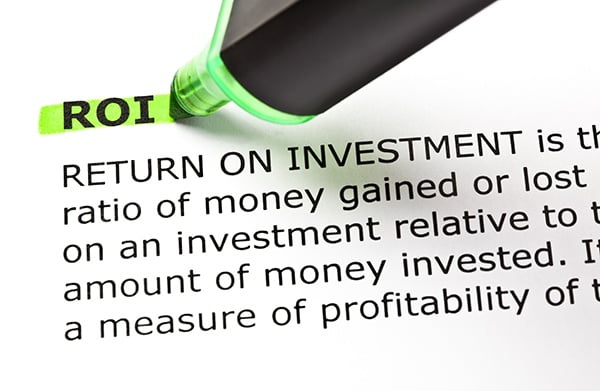
Undoubtedly, a landlord will only enter a lease with a tenant that returns him a profit. With this in mind, wouldn't it help to know how he will meaure his profitability with you as a tenant?
Landlords don't always think about leases using the same CRE metrics that you do as a tenant. For them, their buildings are an investment, and as such, they have two different ways to think about your lease. Like you, they pay attention to the lease's monthly and yearly cashflows, but they also watch its impact on their building and on their overall reserves.
Cash Flow
Cash flow is as simple for owners as it is for you - just in reverse. When an owner looks at a lease, one of their primary concerns is how much income it can generate and for how long. A lease at $37 psf generates more cash flow than one at $36 psf. Many owners go a step further and add up the total cash flow of the lease over its life. If it's a 36 month lease that goes from $41 to $43 to $45 psf, the owner knows that he'll collect $129 in rent out of which he might pay $8 in commissions and give up $7 in free rent to get a total of $114 psf.
Cap Rate
For owners, the cap rate is the one of the most basic CRE metrics. Calculated by dividing a building's net operating income by its price, cap rate is used to estimate the impact of a lease on the value of a building. Because of the way that cap rates are calculated, they value near-term income over other factors and they usually disregard one-time costs like commissions or TIs.
For instance, at a 7.5% cap rate, a lease that adds $100,000 to a building's net operating income increases its value by $1.333 million ($100,000 divided by 0.075). However, a lease that has a higher rent and adds $105,000 to the building's income increase its value by $1.4 million. Just $5,000 in rent increased the value by almost $67,000. With this in mind, don't be surprised if a landlord is willing to offer an extra $25,000 in TIs to get higher rent, especially if he's planning to sell the building.
IRR / NPV
The IRR and NPV are the gold standard of CRE metrics. Typically used by institutional investors, they're similar to looking at cash flows, but analyze the value of a lease by taking into account time value of money. To calculate an NPV, the owner combines the money he'll spend at the beginning of the lease with the income he'll receive over its life and looks at any expenses or income he receives at the end of the lease or his holding period. By comparing that string of cashflows to investing the same money in an alternative investment, he can estimate which investment is worthwhile today, and compare different investments to see which has a higher NPV. The IRR turns the equation around to express all of the income as a percentage rate of return.
These CRE metrics are complicated, but don't let a landlord look at how much he'll make from a proposal. They also take into account whether or not spending money now on TIs is worth higher rent later.
Out-of-Pocket Expense
The old adage that it takes money to make money is true in real estate. While out-of-pocket expenses might be the simplest of the CRE metrics, they're a meaningful one for cash-strapped owners. If you're dealing with an owner that may not have the money to spend on TIs, offering to do more work for a lower rent could get you a great deal on your space.








